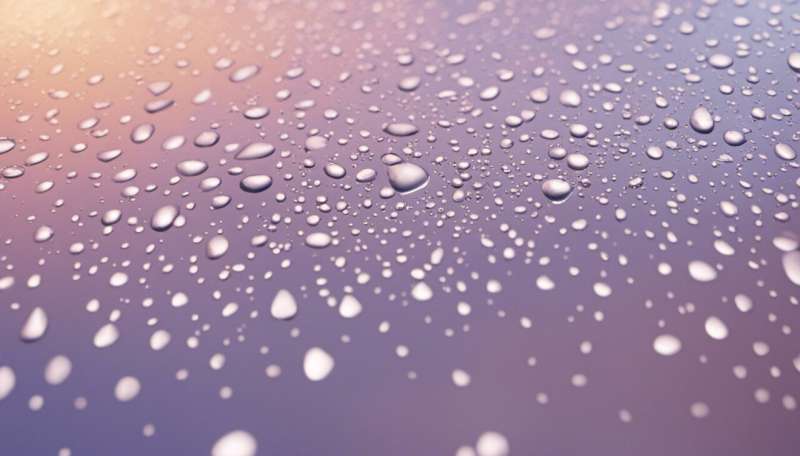Aerosols appear to weaken hurricanes

Aerosols in the atmosphere produced from human activities do indeed directly affect a hurricane or tropical cyclone, but not in a way many scientists had previously believed – in fact, they tend to weaken such storms, according to a new study that includes a team of Texas A&M University researchers.
Renyi Zhang, University Distinguished Professor in Atmospheric Sciences at Texas A&M, and colleagues Yuan Wang, Keun-Hee Lee, Yun Lin and Misty Levy have had their work published in the current issue of Nature Climate Change.
The team examined how anthropogenic aerosols – those produced from human activities, such as from factories, power plants, car and airplane emissions and other forms – play a role in the development of hurricanes. The team used a complex computer model and data obtained from Hurricane Katrina, which struck the Gulf Coast in 2005 and produced catastrophic damage.
The researchers found that aerosols tend to weaken the development of hurricanes (tropical storms that form in the Atlantic Ocean) or typhoons (those formed in the Pacific). They also found that aerosols tend to cause a hurricane to fall apart earlier and wind speeds are lower than storms where anthropogenic aerosols are not present.
On average, there are about 90 hurricanes or cyclones that form each year around the world, meaning their findings could be crucial in how we evaluate and prepare for destructive tropical storms.
"The results are surprising," Zhang says, "because other studies have leaned the other way—global warming by greenhouse gases makes hurricanes more intense and frequent. We found that aerosols may operate oppositely than greenhouse gases in terms of influencing hurricanes.
"Another thing we find, however, is that aerosols appear to increase the amount of precipitation in a hurricane or typhoon. The rainbands associated with such tropical storms seem to be larger and stronger."
Zhang says the results could prove beneficial in how future hurricanes are studied – and how important the presence or absence of aerosols impact the development of such storms.
Katrina, for example, was the most destructive storm in U.S. history, with damages totaling more than $100 billion and the storm killed more than 1,800 people. Winds topped 175 miles per hour and the storm flooded 80 percent of the New Orleans area.
"The information produced from this study could be very helpful in the way we forecast hurricanes," Zhang explains.
"Future studies may need to factor in the aerosol effect. If a hurricane or typhoon is formed in a part of the world where we know that anthropogenic aerosols are almost certainly present, that data needs to be considered in the storm formation and development and eventual storm preparation."
Journal information: Nature Climate Change
Provided by Texas A&M University



















